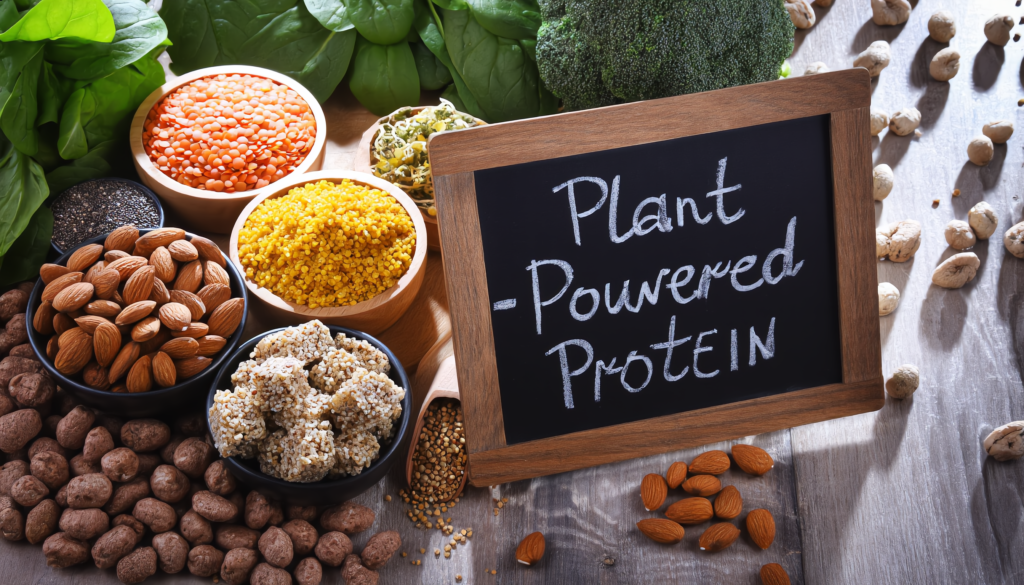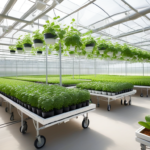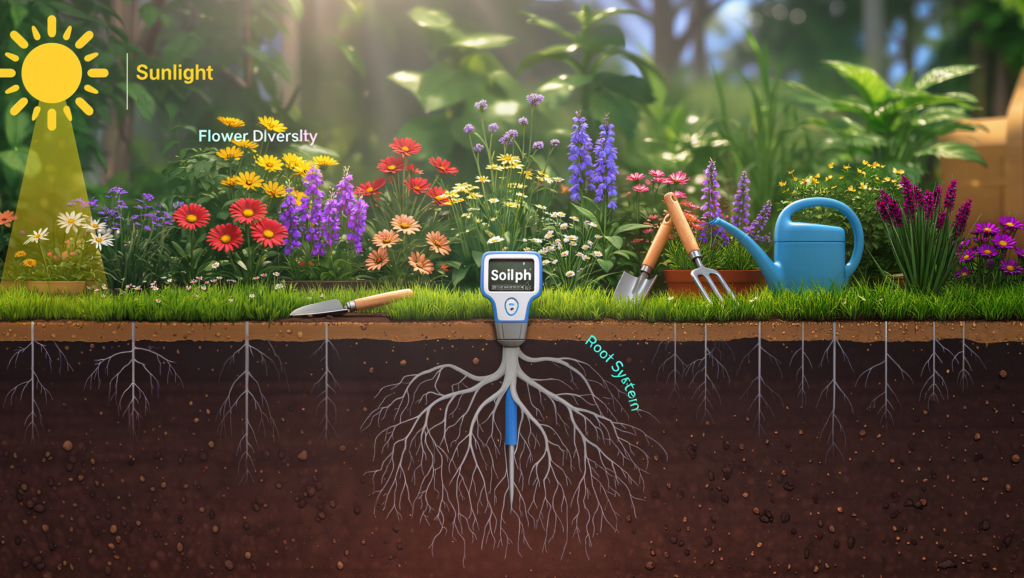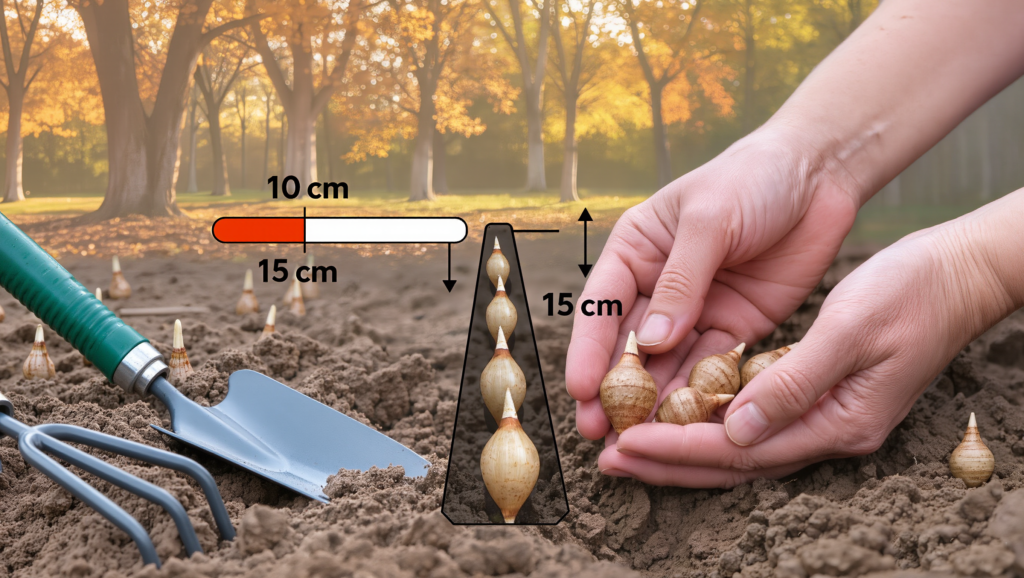So you’ve decided to go all-in: 100% organic, 100% vegan, and you want to keep your protein game strong. Maybe you’re worried you’ll end up gnawing on celery sticks or that you’ll have to explain to every second person where you get your protein. Don’t panic! Getting enough protein on a fully organic vegan diet is not only possible—it can be delicious, varied, and surprisingly easy with a little know-how and planning.
Let’s break down the science, the best sources, and some clever strategies to help you hit your protein targets, keep your meals interesting, and answer that “But where do you get your protein?” question like a pro.
Why Protein Matters (Even for Vegans)
Protein is essential for building and repairing tissues, making enzymes and hormones, and keeping your immune system humming. Most adults need about 0.8–1.0 grams of protein per kilogram of body weight per day, but athletes, older adults, and those with higher activity levels may need more—sometimes up to 1.6 grams per kilogram.
The good news? A well-planned vegan diet can provide all the protein you need—no animal products required.
The Best Organic Vegan Protein Sources
1. Legumes: The Plant-Based Protein Powerhouses
- Lentils, chickpeas, black beans, kidney beans, and split peas are all rich in protein and fiber.
- Protein content: 1 cup of cooked lentils = 18 grams; 1 cup of cooked chickpeas = 15 grams.
- Pro tip: Buy organic dried or canned beans and lentils for maximum purity and nutrition.
2. Soy Foods: Tofu, Tempeh, and Edamame
- Tofu (made from organic soybeans) contains about 8 grams of protein per 100 grams.
- Tempeh packs a whopping 16 grams per 1/2 cup cooked.
- Edamame (young soybeans) delivers 17 grams per cup cooked.
- Why soy? Soy is a complete protein, meaning it contains all nine essential amino acids your body can’t make on its own.
3. Seitan: Wheat Meat
- Seitan is made from wheat gluten and contains about 25 grams of protein per 100 grams.
- It’s chewy, versatile, and soaks up flavors like a sponge.
- Caution: Not suitable for those with celiac disease or gluten sensitivity.
4. Whole Grains
- Quinoa is a complete protein with about 8 grams per cup cooked.
- Amaranth, spelt, teff, oats, and brown rice also contribute 3–6 grams per serving.
- Mix it up: Use grains as a base for bowls, salads, or breakfast porridge.
5. Nuts and Seeds
- Almonds, walnuts, cashews, pumpkin seeds, chia, flax, hemp, and sunflower seeds are all protein-rich.
- Most nuts and seeds provide 4–9 grams of protein per ounce (28 grams).
- Hemp seeds are a standout, with 9.5 grams per ounce.
- Chia and flax seeds are also loaded with omega-3s and fiber.
6. Organic Vegan Protein Powders
- If you need a boost, organic pea protein, hemp protein, or brown rice protein powders can help you meet your needs, especially around workouts or busy days.
The Secret Sauce: Protein Complementation
Here’s the scoop: Most plant-based proteins (except soy and quinoa) are “incomplete,” meaning they lack one or more essential amino acids. But don’t worry! You don’t need to combine foods at every meal. Just eat a variety of protein sources throughout the day and you’ll naturally get all the amino acids your body needs.
Classic combos:
- Rice + beans
- Lentil soup + whole wheat bread
- Hummus + whole grain pita
- Quinoa salad with pumpkin seeds
Why it works: Each plant food has a different amino acid profile, so mixing them up ensures you cover your bases.
Sample Day: Hitting Your Protein Goals Organically
Let’s see how a typical day might look:
- Breakfast: Organic oats cooked with almond milk, chia seeds, and a dollop of peanut butter (12g protein)
- Snack: Roasted organic chickpeas (6g protein)
- Lunch: Quinoa salad with black beans, corn, avocado, and pumpkin seeds (18g protein)
- Snack: Apple with almond butter (6g protein)
- Dinner: Stir-fried tofu and broccoli with brown rice (20g protein)
- Dessert: Chia pudding with hemp seeds (6g protein)
Total: 68 grams of protein—plenty for most adults, and all from organic vegan sources!
Tips for Maximizing Protein on an Organic Vegan Diet
1. Prioritize Protein-Rich Foods at Every Meal
Make sure each meal includes a solid protein source—beans, lentils, tofu, tempeh, seitan, nuts, or seeds. Don’t rely solely on grains or veggies for protein.
2. Snack Smart
Roasted chickpeas, nut butters, trail mix, and protein-packed smoothies are great for boosting your intake between meals.
3. Experiment with New Ingredients
Try lesser-known protein sources like amaranth, teff, spelt, and hemp seeds. They add variety and nutritional value to your meals1.
4. Read Labels Carefully
If you’re buying packaged foods, look for certified organic and non-GMO labels to ensure your protein sources are as clean as possible.
5. Soak, Sprout, and Ferment
Soaking and sprouting beans, grains, and seeds can increase protein bioavailability and make them easier to digest. Fermented foods like tempeh and miso are also easier on the gut and boost nutrient absorption.
6. Don’t Fear Carbs—But Balance Your Plate
Whole grains are important, but balance them with legumes, nuts, and seeds for a complete protein profile and better blood sugar control.
Common Myths About Vegan Protein
Myth 1: You Can’t Get Enough Protein on a Vegan Diet
Not true! With a bit of planning and variety, you can easily meet your needs, even on a 100% organic vegan diet.
Myth 2: Plant Protein Isn’t “Complete”
While most plant proteins are technically incomplete, eating a variety of foods throughout the day easily provides all essential amino acids.
Myth 3: Vegan Protein Is Expensive
Beans, lentils, and grains are some of the most budget-friendly foods around. Organic versions may cost a bit more, but they’re still affordable compared to animal protein.
Special Considerations: Older Adults and Athletes
Older adults and athletes may need more protein to maintain muscle mass and support recovery. Focus on higher-protein foods like tempeh, seitan, lentils, and hemp seeds, and consider adding an organic protein shake if needed.
Organic Vegan Protein: The Environmental and Health Bonus
Choosing organic isn’t just about avoiding pesticides or GMOs—it’s also about supporting sustainable farming and biodiversity. Organic crops are often richer in some nutrients and are grown in ways that are better for the planet.
A well-planned organic vegan diet can help lower cholesterol, reduce the risk of chronic disease, and support a healthy gut microbiome, thanks to the fiber and phytonutrients in plant foods.
Final Thoughts: You’ve Got This!
Getting enough protein on a 100% organic vegan diet is absolutely doable. Focus on variety, prioritize legumes, soy, whole grains, nuts, and seeds, and combine different foods for a complete amino acid profile. With a little creativity and planning, you’ll not only meet your protein needs but also enjoy a vibrant, delicious, and sustainable way of eating.
Sources:
PMC: Achieving High Protein Quality Is a Challenge in Vegan Diets








